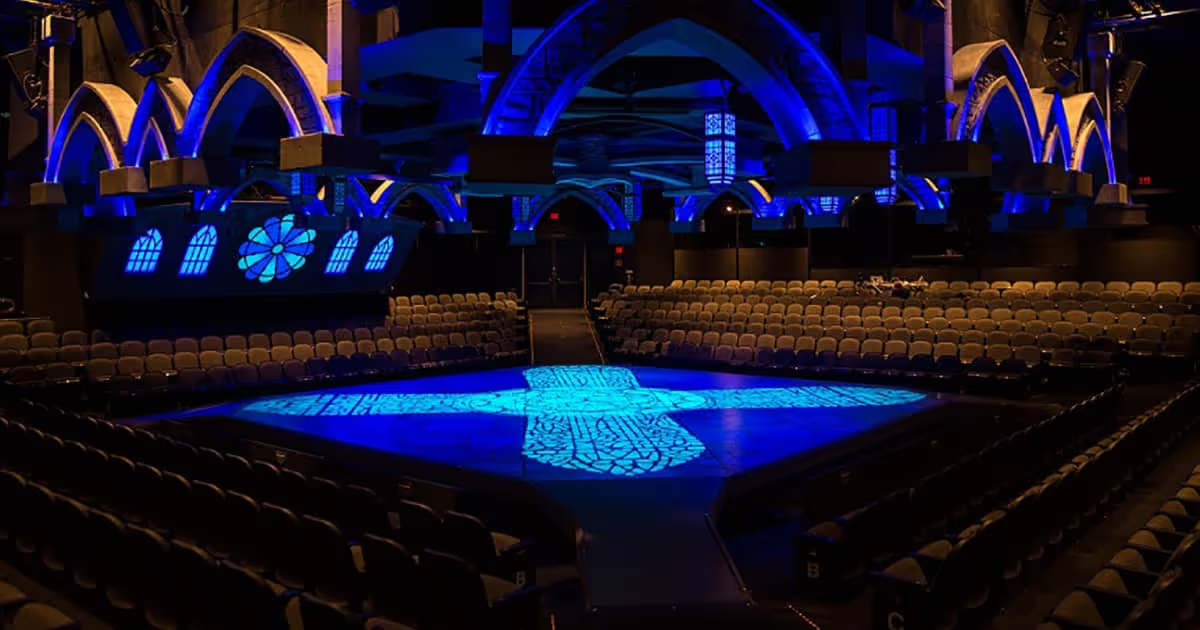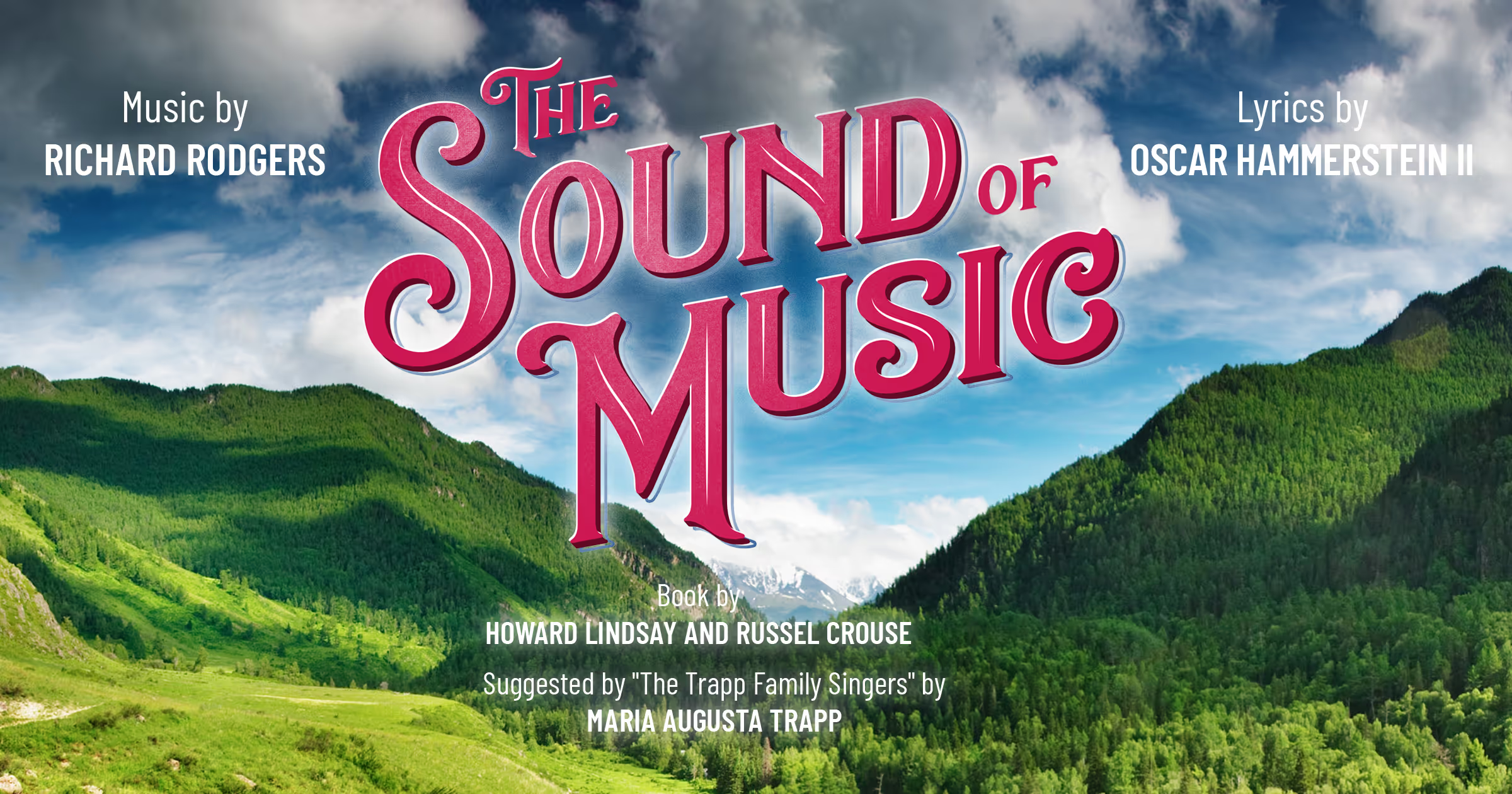‘Sound of Music’ at Marriott Theatre knows the secret is in the kids
The von Trapp kids are, of course, key to the success of any production of “The Sound of Music,” even if the beloved Rodgers and Hammerstein musical totally erases their mother.
The “tea, a drink with jam and bread” brood has a rough go of it: a remote father, a potential stepmother who turns out to be a Nazi sympathizer and, of course, finally a former nun named Maria who loves them all, even if she comes and goes and never asks them anything about their mom. That was not the story Rodgers and Hammerstein wanted to tell — they were more interested in how a near-perfect young woman could save an emotionally repressed military man, and thus his kids, and thus Austria itself.
You hardly need me to point out the brilliance of this material, which plays somewhere in Chicagoland every year or so and rarely disappoints, either at the box office or the tear ducts. Director Nick Bowling’s new production is certainly no exception.
But what I most appreciated about Bowling’s work here is some fresh ideas for the show, mostly focused on the kids, all of whom are great. For starters, he resists the temptation to cast an adult Liesl, choosing instead an actual 16-year-old, Campbell Krausen, to share the famous duet with Rolf (Emmet Smith) and he choreographs that “Sixteen Going on Seventeen” number not as some Technicolor romance but as a fumbling, awkward, geeky expression of adolescent angst. Yet more significantly, watch the von Trapp kids closely and you’ll see a lot of shared glances and frowns as the comings and goings of the adults cause whipsaw changes in the lives of these kids. Most productions blow past that — Maria!, bye Maria!, Maria, you’re back! — but this one does not. To its great credit.
Maria is played by Addie Morales, who is making quite a name for herself on the Chicagoland musical circuit. She’s got all you need for the role and then some. Here, too, Bowling works with the character’s youth and inexperience. Especially good is the “Do, a deer” sequence, which showcases Morales’ big vocal range, has a lot of bravissimo fun about it, and avoids the blandness of the Julie Andrews model that typically permeates this character. (Not that Andrews was bland, but you know what I mean.)
Erik Hellman, who plays the Captain, is not a great singer in the traditional musical way, as I am sure he’d attest. You don’t get some booming “Edelweiss” coming at you. But you do get a fine actor, digging more deeply into his guy’s initial depression and implying that even as he falls in love with Maria, he’s still a work in progress. That’s another interesting take in this production.
The family is surrounded by pros in Heidi Kettenring, who plays Frau Schraeder, and Rob Lindley as Max Detweiler, the self-loathing character R and H built from all their complex feelings about Broadway producers. Daniella Dalli is the Mother Abbess, the show’s voice of God. All of that works just fine.
But the strength of this production lies, as it should, in Maria and her kids. Those numbers, choreographed by William Carlos Angulo, pop with life, honesty and pizazz, delighting the most older audience at the Marriott, which was grinning in the semi-darkness.
This is not usually a theater noted for scenic design, given the in-the-round configuration, but Collette Pollard, who has built some beautiful vistas of mountains on the back wall, fusing different kinds of images, goes far beyond what is typical. It contributes greatly to the immersive quality of the production.
So. This is a great “Sound of Music” to enjoy with a kid, introducing them to the glory of stage musicals.
One last thing, though: this production appears scared to use the infamous Nazi symbol, substituting benign red armbands and also removing most of the tension in the last scene.
I’d just note I sat inside the Museum of Jewish Heritage — A Living Memorial to the Holocaust in New York the other night, watching a production of Barry Manilow’s “Harmony,” produced by the National Yiddish Theatre Folksbiene. Stormtroopers and swastikas were everywhere, a tribute to the determination of that place and people to tell the stories of what happened with veracity and not sugarcoat memories. For all its loving optimism, there is a looming horror in “The Sound of Music” and it should be there.











